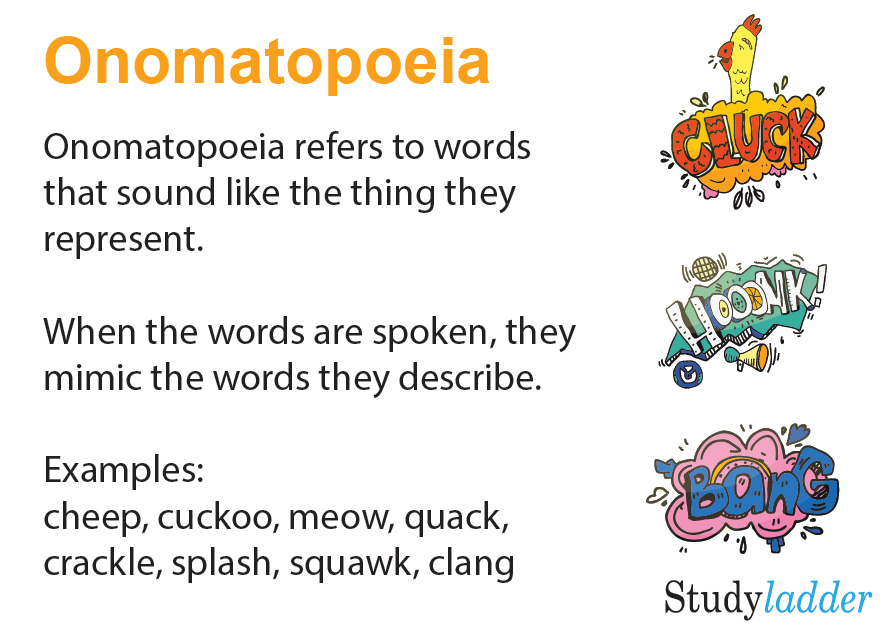Onomatopoeia varies with each country

Onomatopoeia varies with each country.
Did you know that onomatopoeia, the formation of words that imitate or suggest the source of a sound, can vary from country to country? Yes, that’s right! Onomatopoeic words used to convey sounds differ across different languages and cultures. This linguistic phenomenon not only adds color and flavor to each language but also provides interesting insights into how people perceive and interpret sounds in their surroundings.

Onomatopoeia plays a crucial role in linguistics as it bridges the gap between words and sounds. It creates a direct correlation between language and the world of noises. While some onomatopoeic words might be universal or at least recognizable across cultures, many are language-specific and reflect the unique auditory experiences of each country.
For instance, let’s explore the word “dog” in different languages and how it is represented onomatopoeically. In English, we often use “woof woof” or “bark” to depict the sounds made by dogs. In contrast, Japanese utilizes “wan wan,” while Spanish uses “guau guau.” These variations not only showcase cultural differences but also highlight how people from different countries hear and interpret the sounds produced by dogs.

In addition to animal sounds, onomatopoeia can be found in various aspects of everyday life, such as natural events and human activities. Rain, for example, is commonly associated with the sound “raindrop” in English. In Japanese, the word for rain is “ame.” Onomatopoeically, the Japanese use “potsu potsu” to describe light rain, “zaa zaa” for heavy rain, and “gou gou” for the sound of rain hitting a window. These unique onomatopoeic representations add richness and vividness to the language, enabling speakers to evoke specific auditory experiences.
Furthermore, onomatopoeia also extends to inanimate objects and actions. For example, the sound of a clock ticking is often represented as “tick-tock” in English. However, in Mandarin Chinese, the onomatopoeic representation is “dā dā.” This variation demonstrates how people from different linguistic backgrounds associate and interpret sounds differently.
To explore more fascinating examples of onomatopoeia in different languages, you can visit this informative article. It delves deeper into the subject, providing insights into how onomatopoeia is used across various languages and cultures worldwide.
In conclusion, onomatopoeia varies with each country, highlighting the diverse ways in which people perceive and represent sounds across different cultures. These language-specific onomatopoeic words add a touch of uniqueness and charm to each language, making it a delightful linguistic phenomenon to explore and appreciate. So, the next time you’re imitating the sound of a car engine, a thunderstorm, or even a sneeze, remember that onomatopoeia is not just about mimicry but a fascinating insight into cultural perspectives and linguistics.
Tags
Share
Related Posts
Quick Links
Legal Stuff

